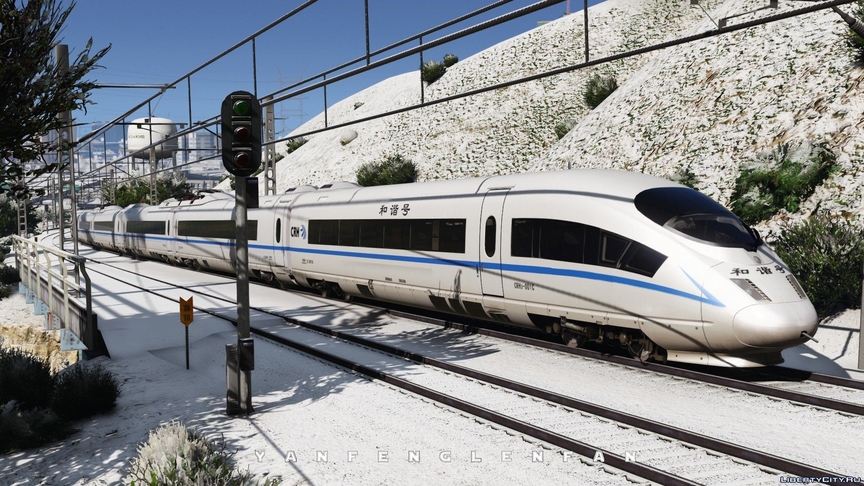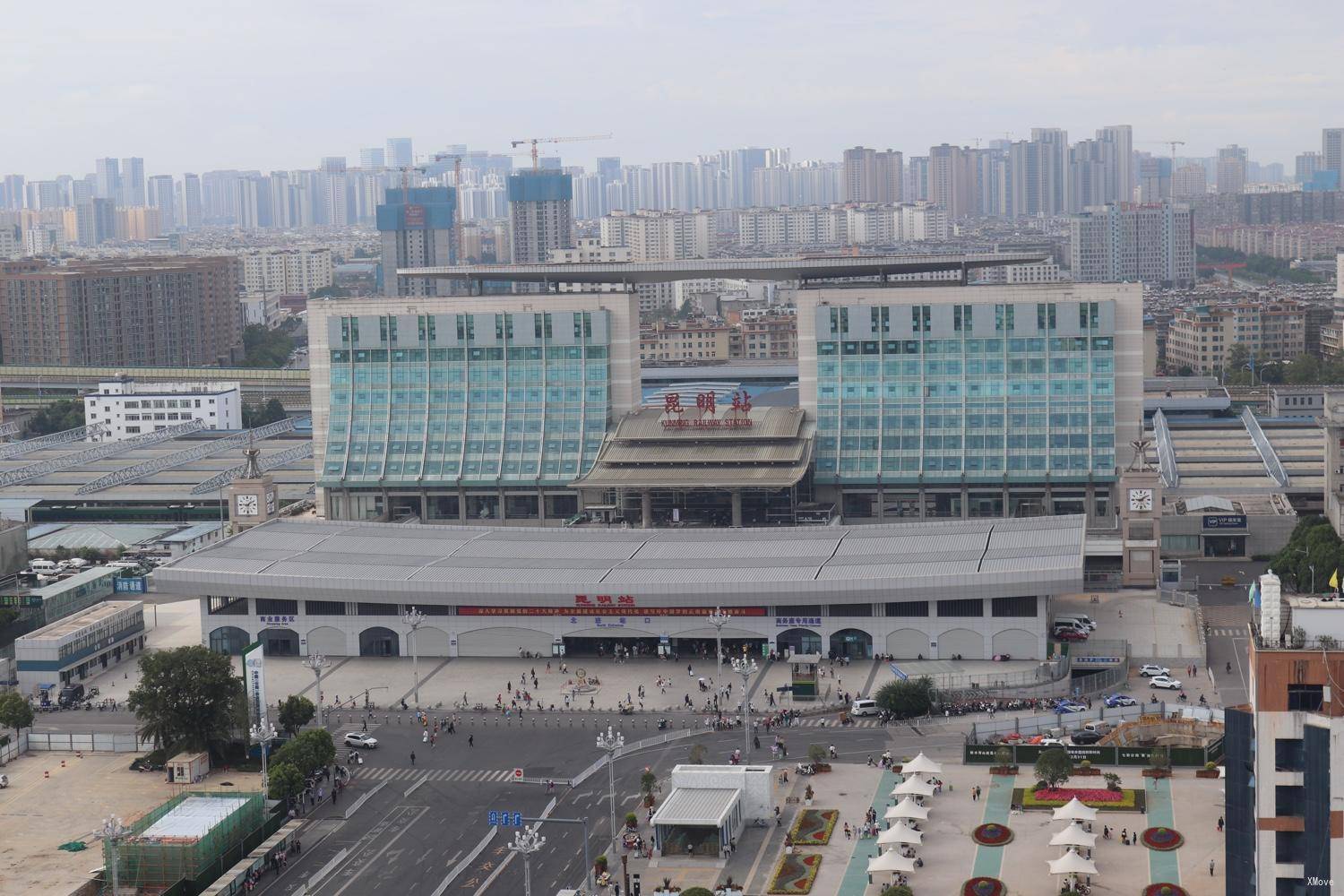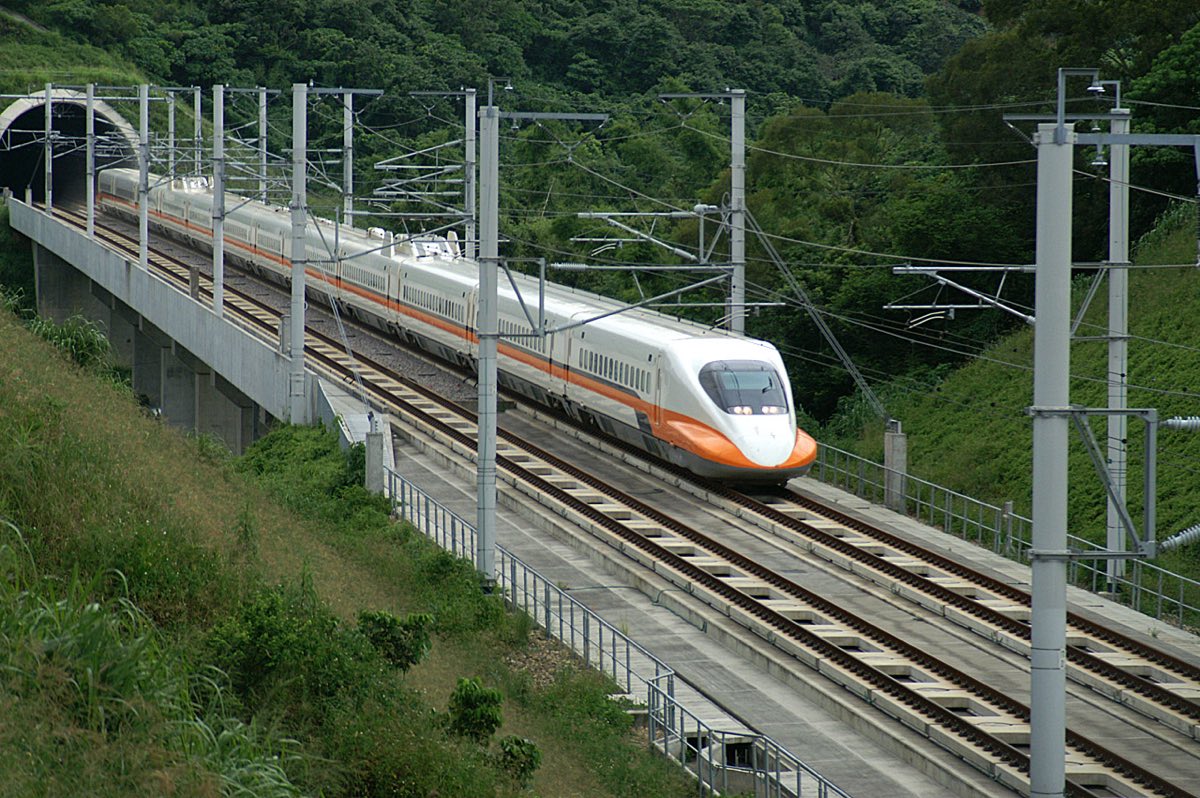Chengdu (Chinese: 成都; Sichuanese: Cengtu UK: , US: , Standard Mandarin: [ʈʂʰə̌ŋ.tú] ), formerly romanized as Chengtu, is a sub-provincial city which serves as the capital of the Chinese province of Sichuan. It is one of the three most-populous cities in Western China, the other two being Chongqing and Xi'an. As of 2014, the administrative area housed 14,427,500 inhabitants, the largest in Sichuan, with an urban population of 10,152,632. At the time of the 2010 census, Chengdu was the fifth-most populous agglomeration in China, with 10,484,996 inhabitants in the built-up area including Xinjin County and Deyang's Guanghan City. Chengdu is considered a World City with a "Beta +" classification, according to the Globalization and World Cities Research Network.Chengdu is located in central Sichuan. The surrounding Chengdu Plain is known as the "Country of Heaven" (Chinese: 天府之国; pinyin: Tiānfǔ zhi Guó) and the "Land of Abundance". Its prehistoric settlers included the Sanxingdui culture. The site of Dujiangyan, an ancient irrigation system, is designated as a World Heritage Site. The Jin River flows through the city.
Founded by the state of Shu prior to its incorporation into China, Chengdu is unique as a major Chinese settlement that has maintained its name mostly unchanged throughout the imperial, republican, and communist eras. It was the capital of Liu Bei's Shu Han during the Three Kingdoms Era, as well as several other local kingdoms during the Middle Ages. During World War II, refugees from eastern China fleeing from the Japanese settled in Chengdu. After the war, Chengdu's importance as a link between Eastern and Western China expanded, with railways built to Chongqing in 1952, and Kunming and Tibet afterwards. In the 1960s, Chengdu became an important centre of China's national defense industry.
Chengdu is now one of the most important economic, financial, commercial, cultural, transportation, and communication centers in Western China. Its economy is diverse, characterized by the machinery, automobile, medicine, food, and information technology industries. Chengdu Shuangliu International Airport, a hub of Air China and Sichuan Airlines, is one of the 30 busiest airports in the world, and the Chengdu railway station is one of the six biggest in China. Chengdu also hosts many international companies and more than 12 consulates; more than 270 Fortune 500 companies have established branches in Chengdu. Chengdu is the seat of the Western Theatre Command region of the People's Liberation Army. Chengdu will host the Summer Universiade in 2021, an international multi-sport event. It is considered one of the most livable cities in China.Chengdu's culture largely reflects that of its province, Sichuan; in 2011, it was recognized by UNESCO as a city of gastronomy. It is associated with the giant panda, a Chinese national symbol, which inhabits the area of Sichuan; the city is home to the Chengdu Research Base of Giant Panda Breeding.
Chengdu - Guide, Attractions, Tours, Sightseeings | Train from/to Chengdu | Popular Routes








